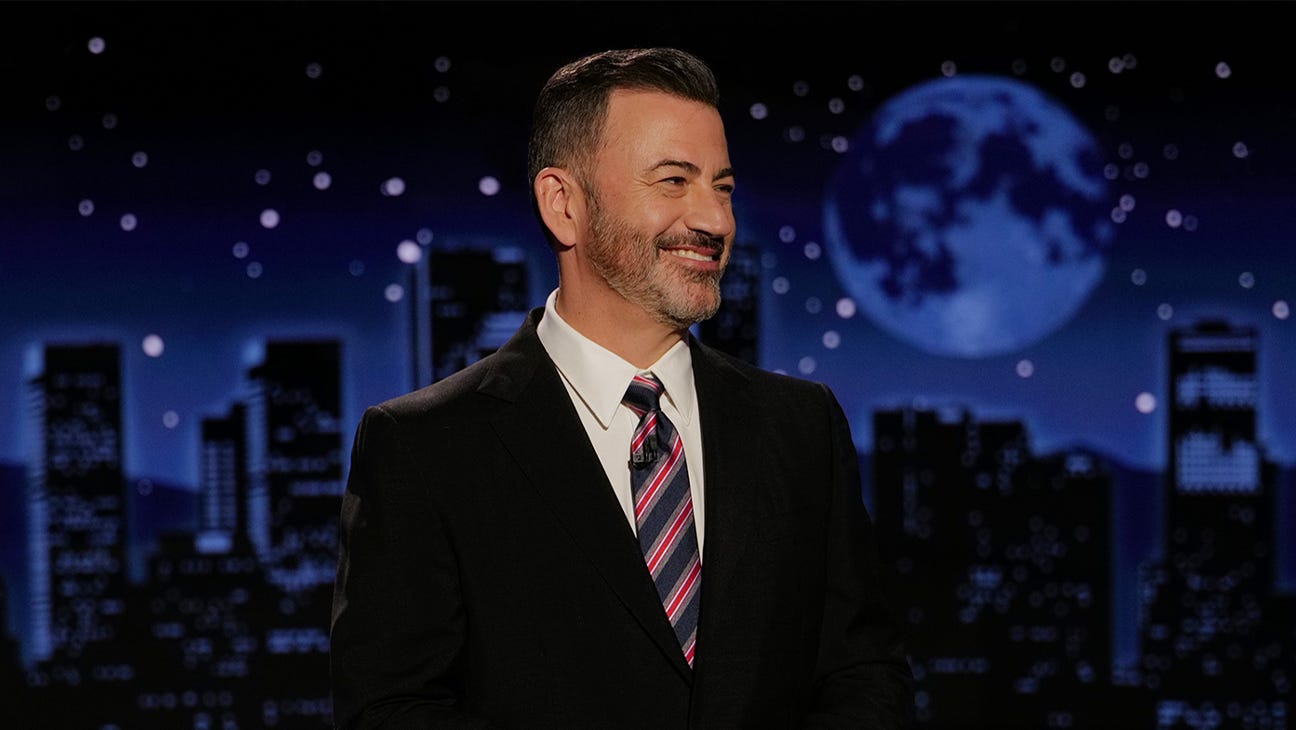Jimmy Kimmel Drops Back To Third Place In Late Night Television Ratings
Dragging ABC, Disney, and Bob Iger down with him
Nature is healing. Jimmy Kimmel Live! has fallen back to third place in the “11:35 p.m. ratings race” now that Stephen Colbert has returned from reruns, according to Jed Rosenzweig at LateNighter. Turns out that waving a bloody shirt only gets you so much attention for so long.
Keep reading with a 7-day free trial
Subscribe to Osborne Ink to keep reading this post and get 7 days of free access to the full post archives.


